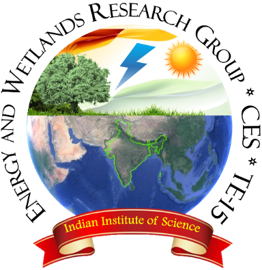Citation : Bharath H. Aithal, S. Vinay, T. V. Ramachandra, 2018. Simulating urban growth by two state modelling and connected network. Modeling Earth Systems and Environment. © Springer Nature Switzerland AG 2018. Received: 30 April 2018 / Accepted: 11 August 2018. https://doi.org/10.1007/s40808-018-0506-1
|
|||||||||||||||

